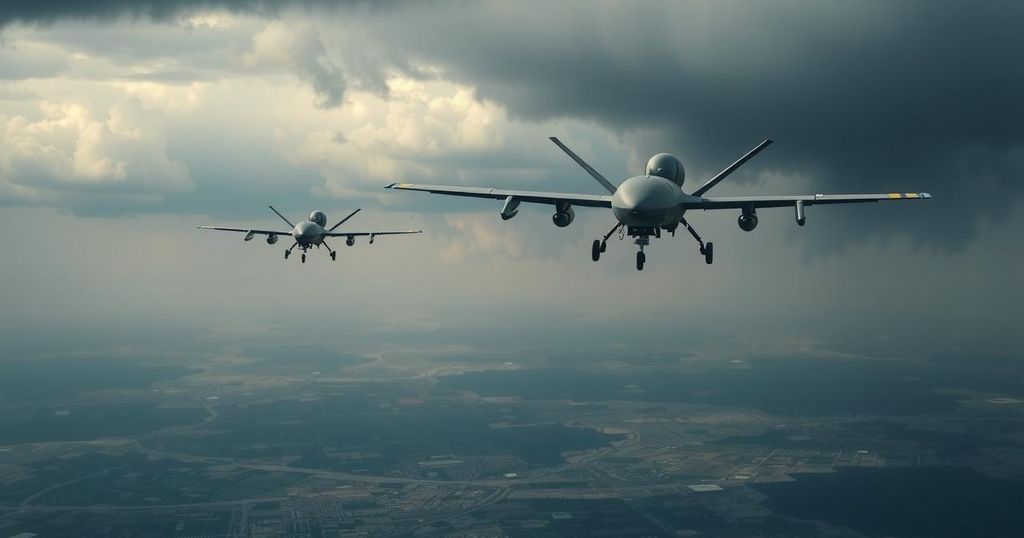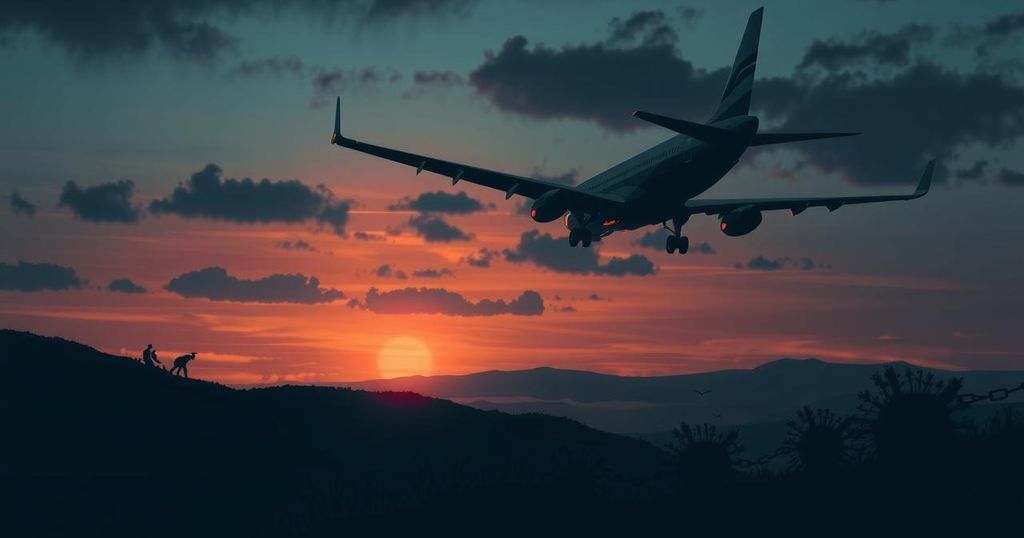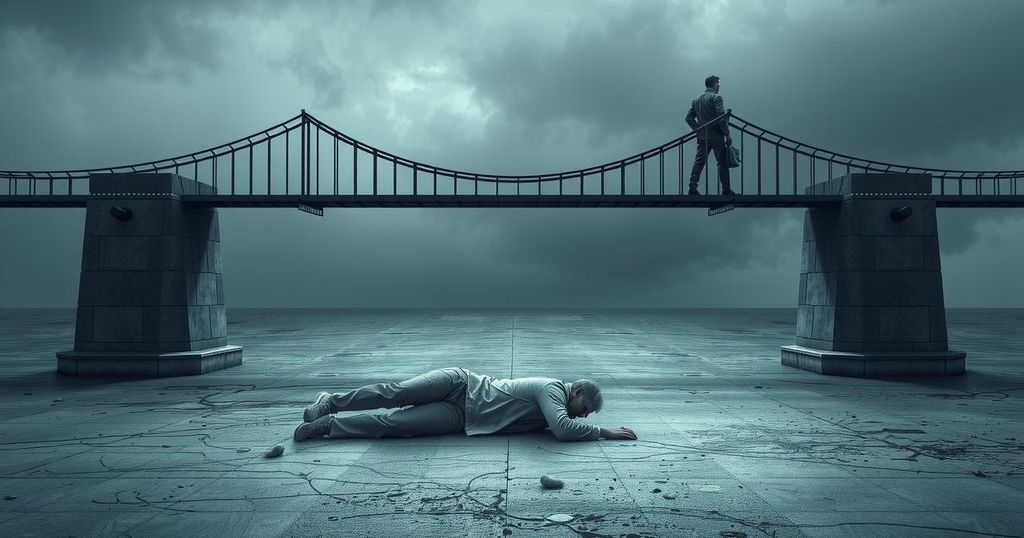World news
ALI, ALIND CHAUHAN, ASIA, DEFENCE, DONALD TRUMP, EUROPE, EUROPE/ASIA, FAR EAST, INDIA, IR, IRKUTSK, ISTANBUL, MILITARY, MISSILE ATTACK, MOSCOW, NATO, NORTH AMERICA, NORTH ATLANTIC TREATY ORGANIZATION, PUTIN, RUSSIA, RUSSIAN INVASION OF UKRAINE, SIBERIA, TURKEY, UKRAINE, UNITED STATES, VOL, VOLODYMYR ZELENSKYY, WAR
David O'Sullivan
0 Comments
What Ukraine’s Drone Attack on Russia Means for Peace Talks
A recent Ukrainian drone attack on Russian airfields has raised questions about how it might influence ongoing peace talks. Although the attack was unprecedented, resulting in no notable progress during the subsequent negotiations, it has highlighted the tensions between both countries. As they grapple with fundamental disagreements, future discussions remain critical for potential resolution.
Ukraine’s recent drone attack on Russian airfields has sparked significant interest in how it could affect ongoing peace talks between the two nations. This attack, which occurred just a day before the scheduled second round of negotiations in Istanbul, has left many analysts pondering its implications. While the talks ended within an hour, with both sides agreeing to exchange thousands of dead and wounded soldiers, no major strides were made in finding a resolution to the war. It mirrors the outcome of their first round of discussions in mid-May, which also failed to produce any ceasefire agreement.
This drone strike marks the first instance of Ukraine deploying a large number of drones against Russian military assets, targeting at least five airfields, some located quite deep in Russian territory, extending even to the Far East. Should such installations house nuclear-related equipment, including strategic bombers and nuclear weapons, then Russia is likely to consider the situation serious and deserving of a rigorous investigation.
Historically, Ukraine has refrained from targeting Russian nuclear installations, partly due to the understanding that Russia would restrain from using nuclear weapons as long as NATO is not clearly involved in the conflict. However, if their nuclear facilities were compromised, that would likely raise alarms. Moscow might scrutinize whether this attack was merely a strategy by President Volodymyr Zelenskyy to garner attention from former President Donald Trump, or if it reflects broader support strategies from NATO nations, particularly due to the navigational assistance these drones would require, typically provided by U.S. satellites.
In recent weeks, this drone warfare dynamic has shifted, with both parties launching attacks against one another. An attempted drone attack by Ukrainian forces on Moscow occurred during Russia’s Victory Day parade, attended by numerous international leaders. However, what stood out in this recent assault was the depth of the attack into Russian territory, targeting airfields in Siberia’s Irkutsk region, far removed from the main theaters of combat. The unconventional launch method, employing long-distance transport trucks for drone deployment, was also striking.
This sudden vulnerability could worry Russian military strategists, but politically, President Putin’s support remains steadfast. Despite potential military ramifications, especially combined with the ongoing slow advances in occupied territories, Putin may not view this attack as a major threat to his political standing.
On the diplomatic front, both Russia and Ukraine still grapple with fundamental disagreements that hinder progress. Ukraine insists on a ceasefire for a month before negotiations can truly commence, a stance that receives backing from most Western nations, excluding the U.S. Conversely, Russia is insistent that they are open to a ceasefire, but only if there is a defined roadmap leading to a conclusive settlement. They maintain a degree of territorial control and do not wish to afford Ukraine the time to regroup and fortify.
The essence of Russia’s position lies in addressing certain issues that led to the initiation of the conflict, such as Ukraine’s proposed neutrality and the rights of Russian-speaking Ukrainians. As it stands, no ceasefire will be feasible unless those concerns can be addressed. Previously, Russia had suggested that both sides draw up peace outlines for review, meeting again on June 2 to compare respective proposals.
Current negotiations are still in their infancy, involving lower-level officials who are facing considerable pressure from the U.S. to achieve a peace deal. Each side maintains strict positions on key issues, with Russian representatives led by Vladimir Medinsky and Ukrainian negotiators headed by Defense Minister Rustem Umerov. Importantly, these delegations lack the authority to finalize agreements, but their mandate is to narrow differences, ultimately crafting a document that can be approved by both President Putin and President Zelenskyy for the final decision.
In summary, Ukraine’s drone strikes against Russian airfields have raised questions about their potential impact on peace negotiations. While the strikes indicate a new tactical depth, both nations remain entrenched in unresolved issues that hinder progress towards peace. The upcoming discussions will be pivotal as both parties navigate their respective demands. With the ongoing U.S. pressure for a resolution, the results of future meetings will be crucial for understanding the trajectory of this conflict.
Original Source: indianexpress.com




Post Comment